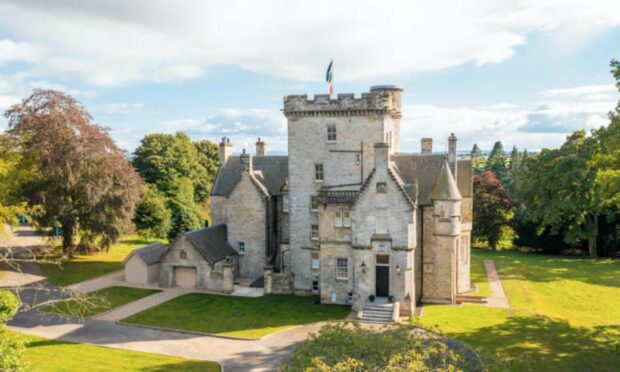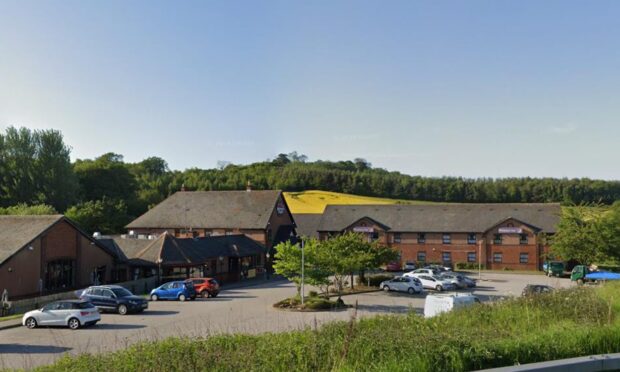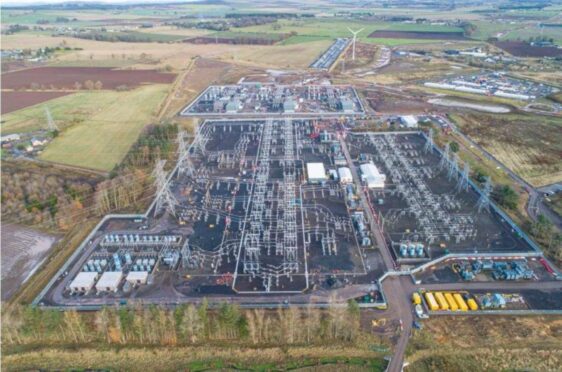Soil samples from the site of a proposed major housing expansion in Forfar have been sent for testing amid fears the land may be contaminated with anthrax.
Muir Homes confirmed it was looking into claims that carcasses of farm livestock which may have been infected with the disease were buried in a section of the site at Westfield around the 1940s or 1950s.
The revelation came as plans for 175 homes — the first phase of a larger development at Westfield — went on display in the town’s Reid Hall.
The potential for anthrax contamination on part of the site was raised by a member of the public.
Muir Homes said soil sampling had taken place and substances had been sent away for expert analysis, although the results had not yet been received.
The company insisted Wednesday’s exhibition was simply the start of the process for the Westfield development and the project could still be influenced by comments from the public.
The site features a mix of house types, from one-bedroom cottage flats to three and four-bed detached properties. Forty-four of the 175 units will be set aside for affordable housing, provided in conjunction with a registered social landlord or Angus Council.
The main access to the scheme would be from Glamis Road.
Land has been earmarked for a new primary school and a shop.
Muir Homes director David Scobbie said: “We hope to be in a position to lodge a planning application with Angus Council in the next two to three months, and if successful, we would be looking at making the first sales from January 2021, with potentially more units ready for sale after 2026.
“There is a steady demand for property in Forfar, and looking at the current and recent rate of property sales in the area, we expect to sell around 25 units per year.
“These properties are extremely energy efficient, far outstripping the performance of older homes, and are adaptable to a range of family lifestyles.”
The land is home to two ancient monument sites, believed to be postholes and marker stones, located within the boundary perimeter.
A high pressure water main also runs across the site, and there are a number of mature tree belts within and around it.
Anthrax is an infection caused by the bacterium Bacillus anthracis and spread by contact with its spores, which often appear in infectious animal products.
It has been developed as a weapon by some countries.
Some experts say spores can survive for centuries and disturbed grave sites of infected animals have been known to cause infection decades later.










